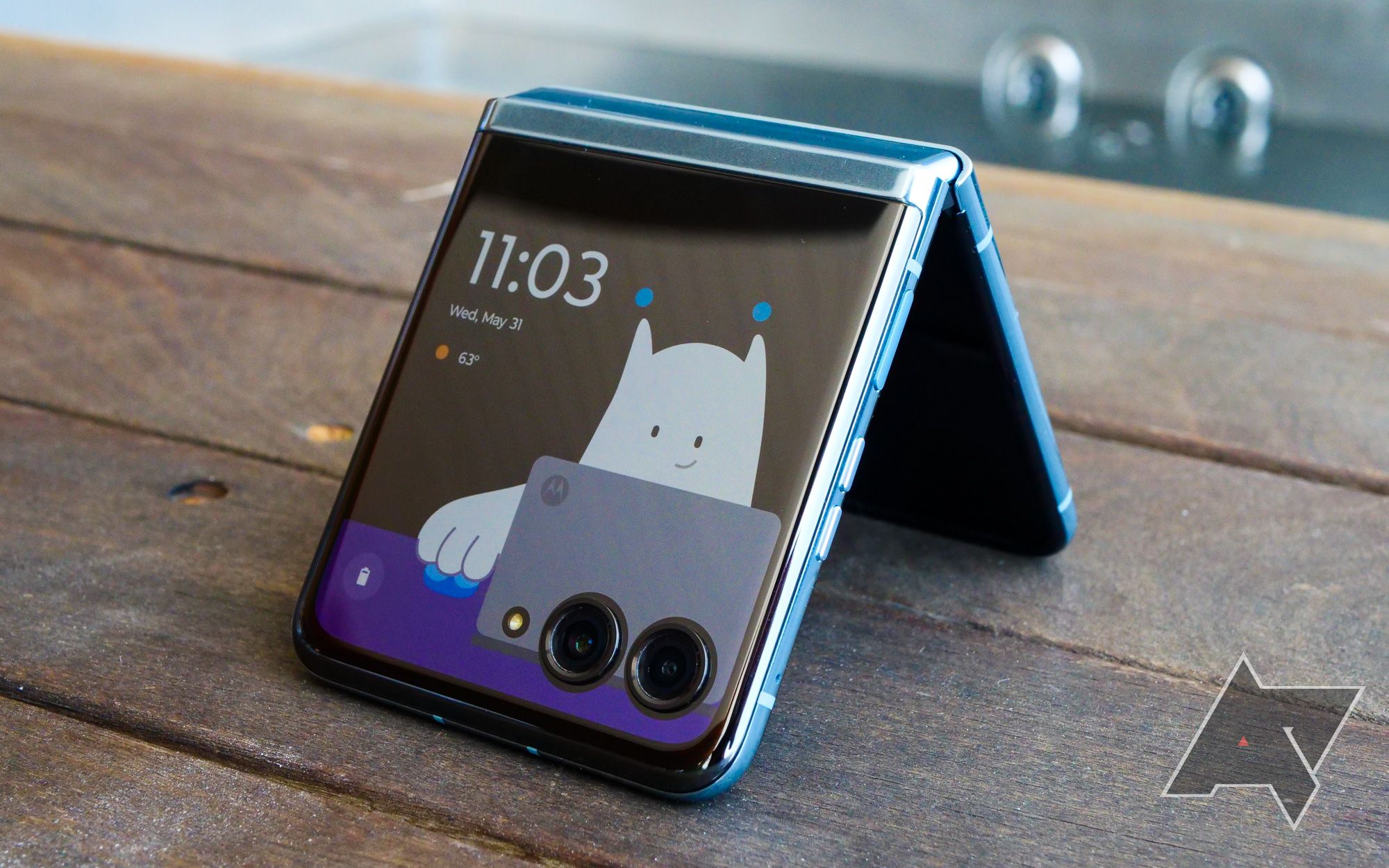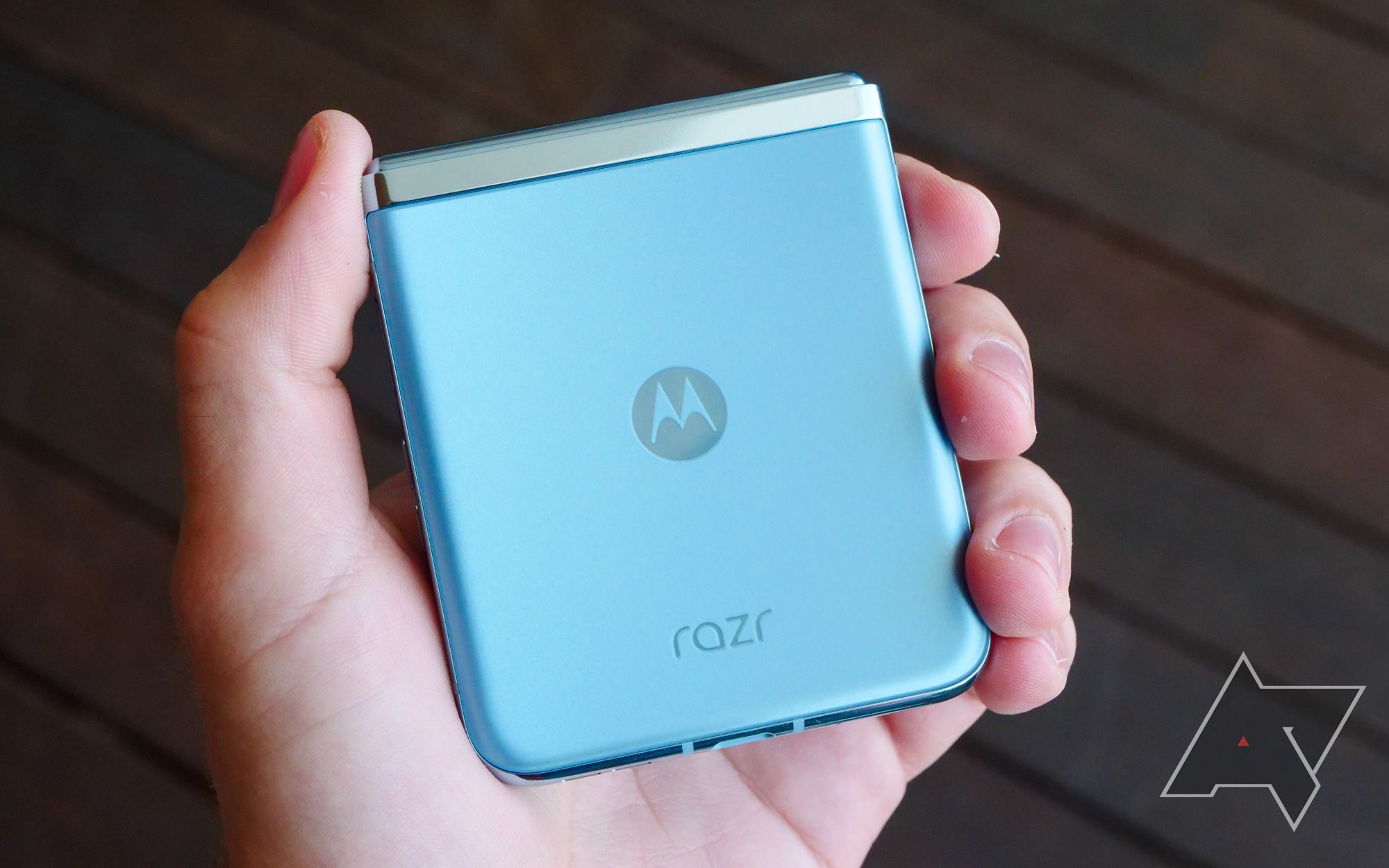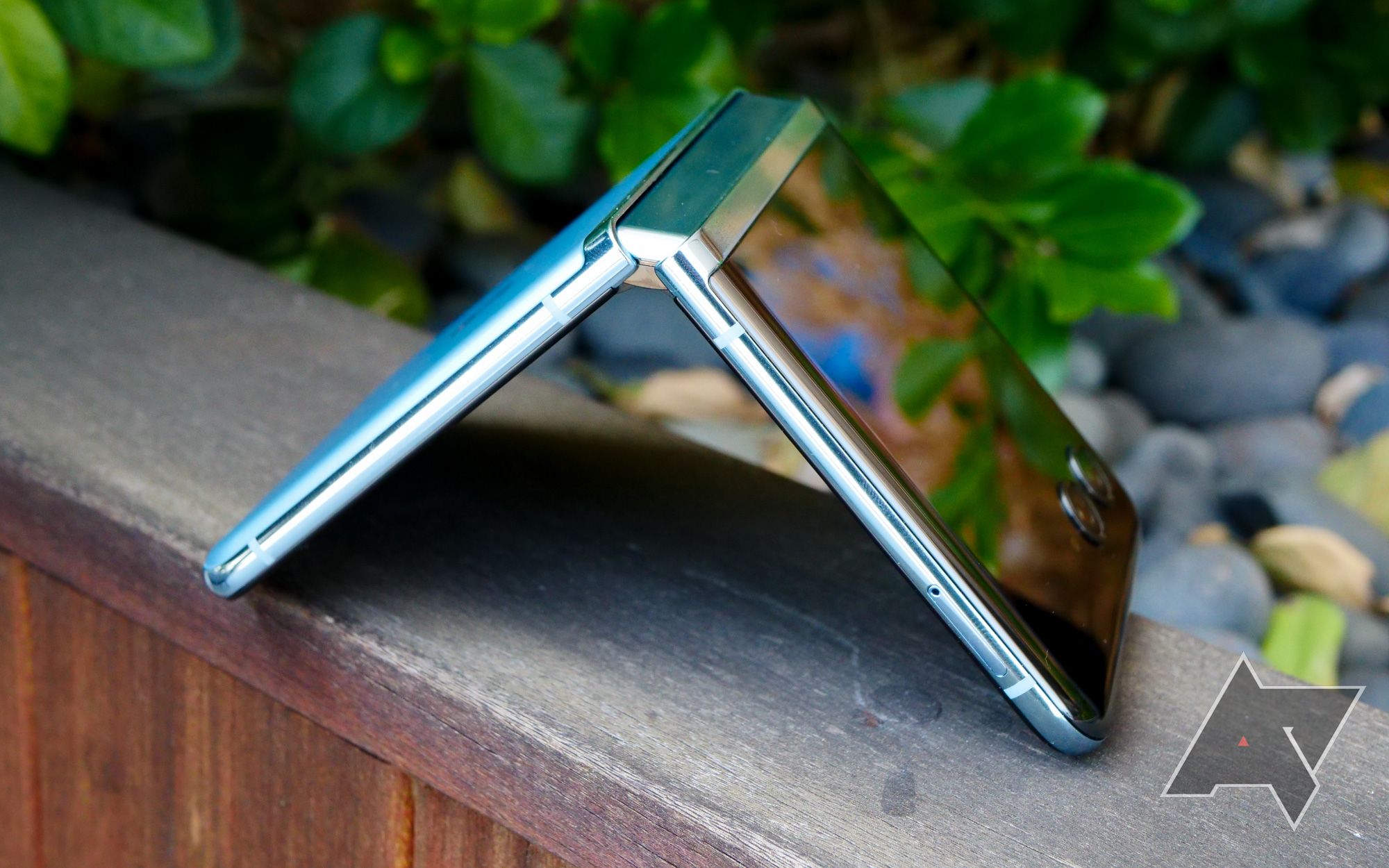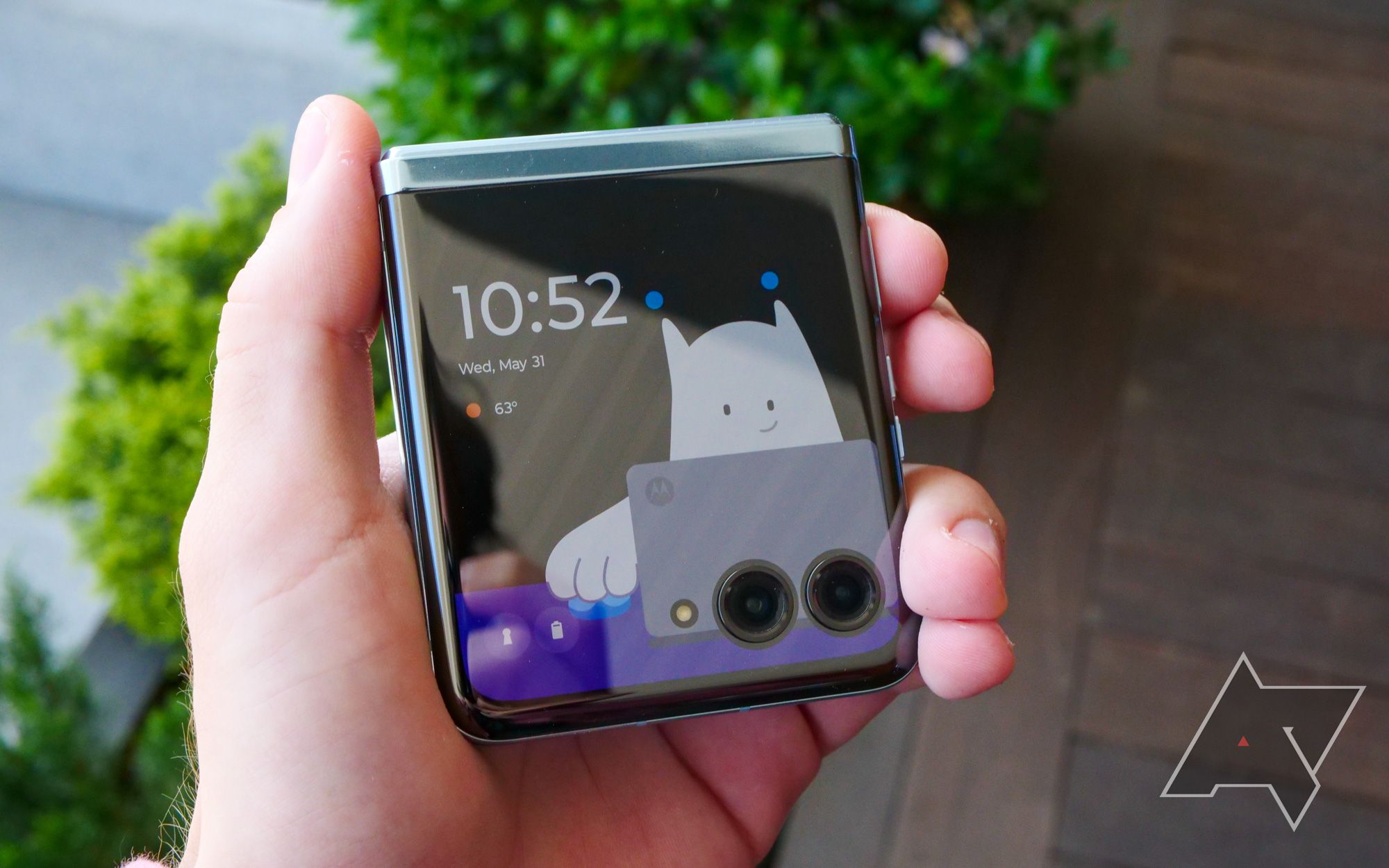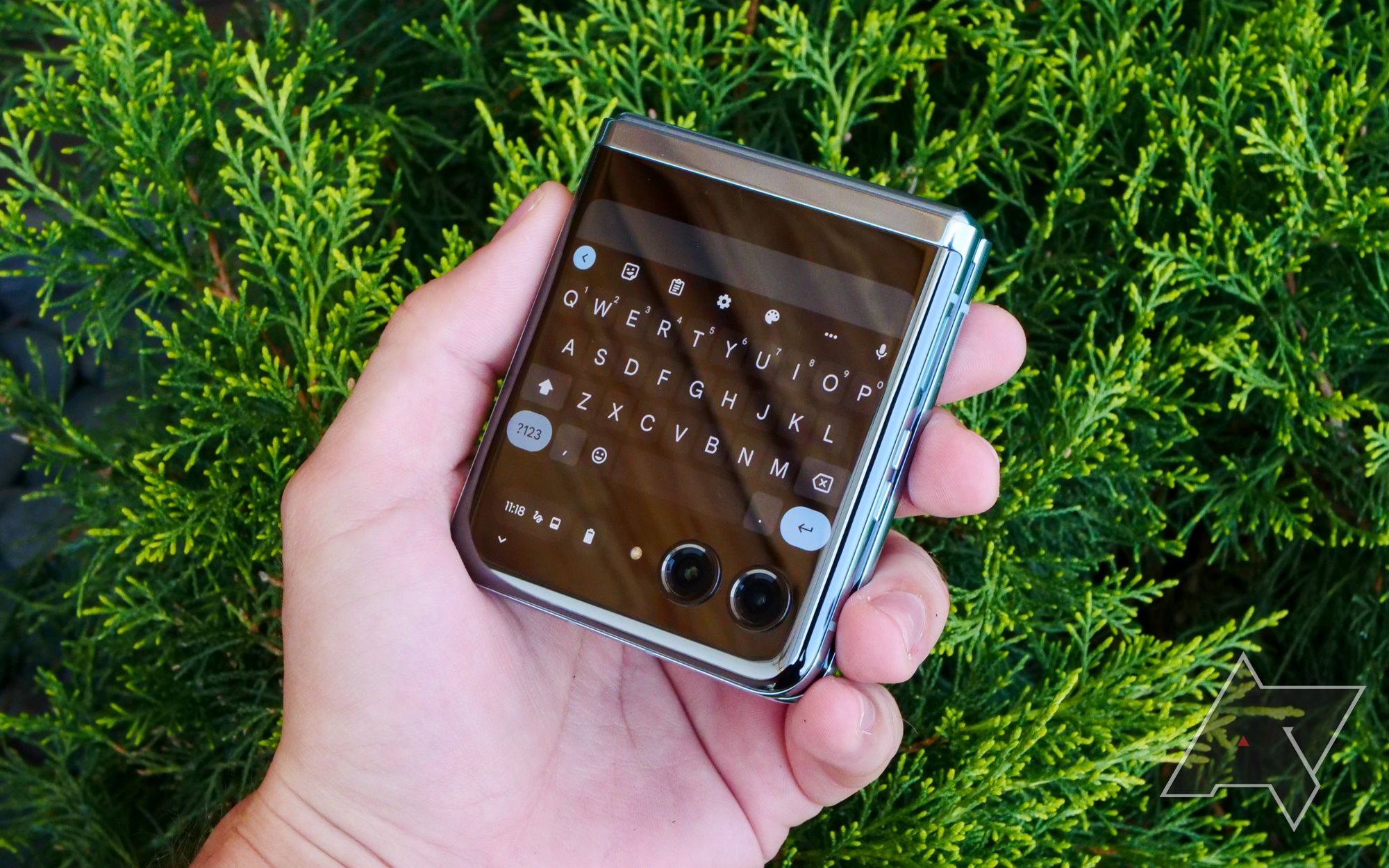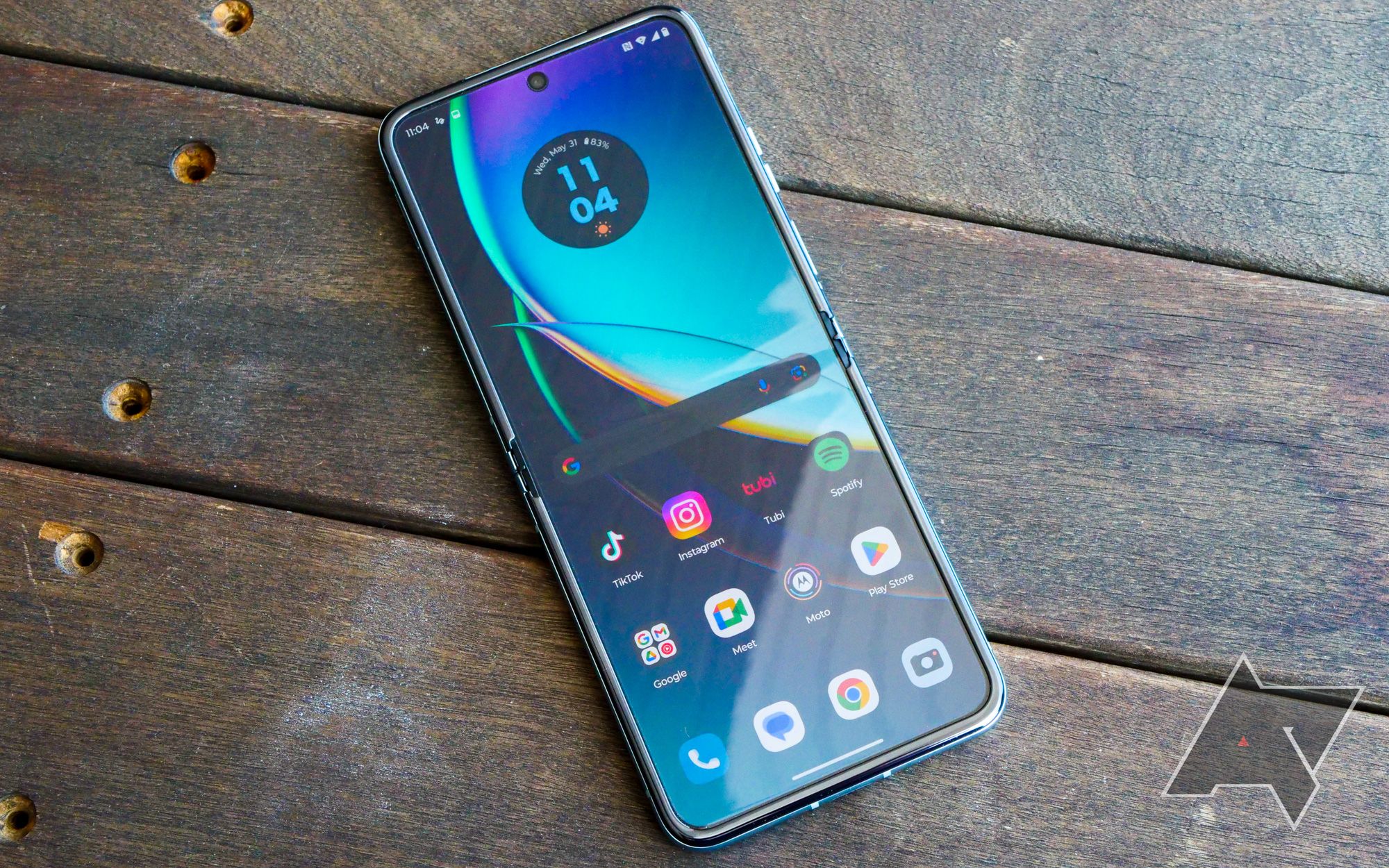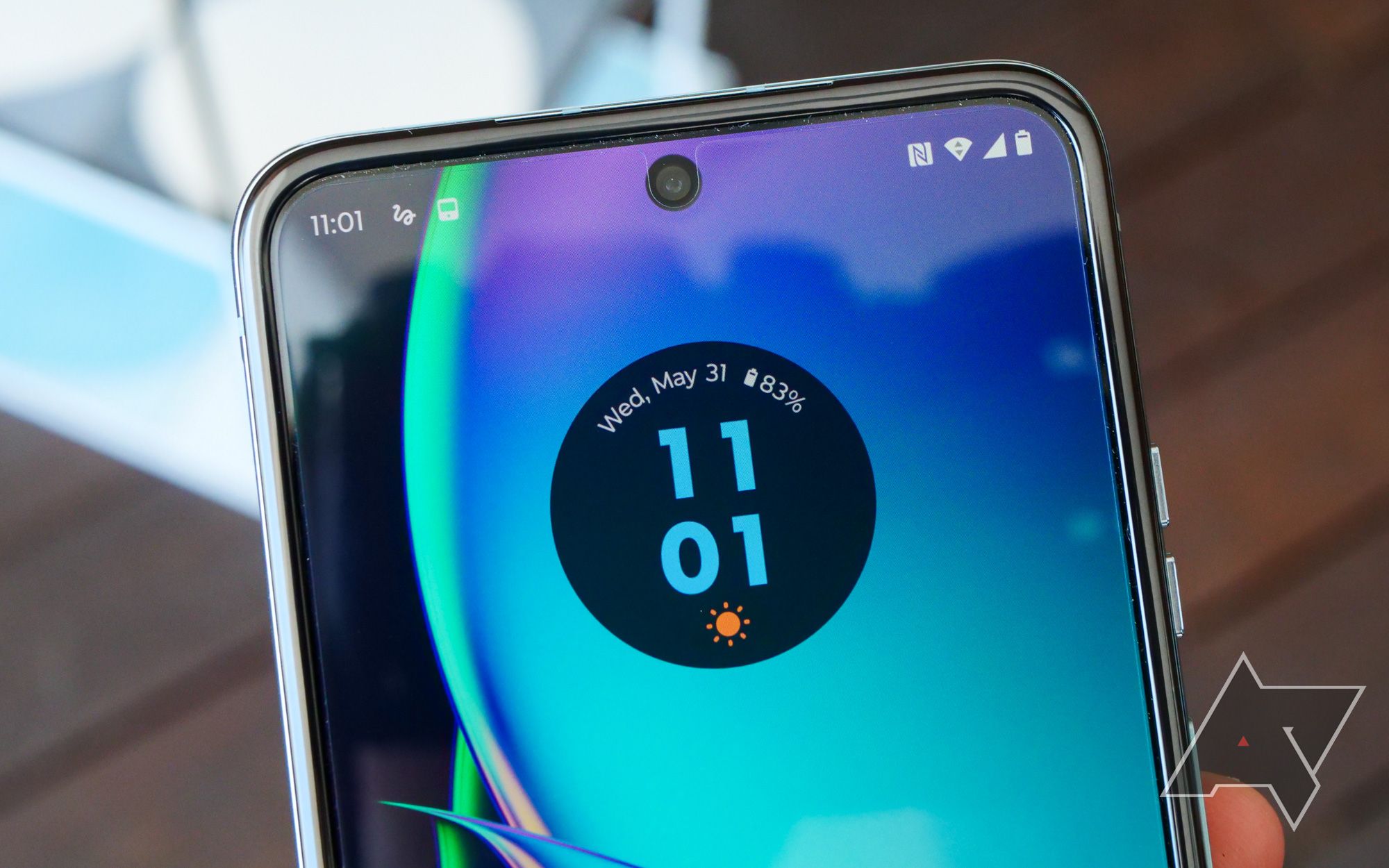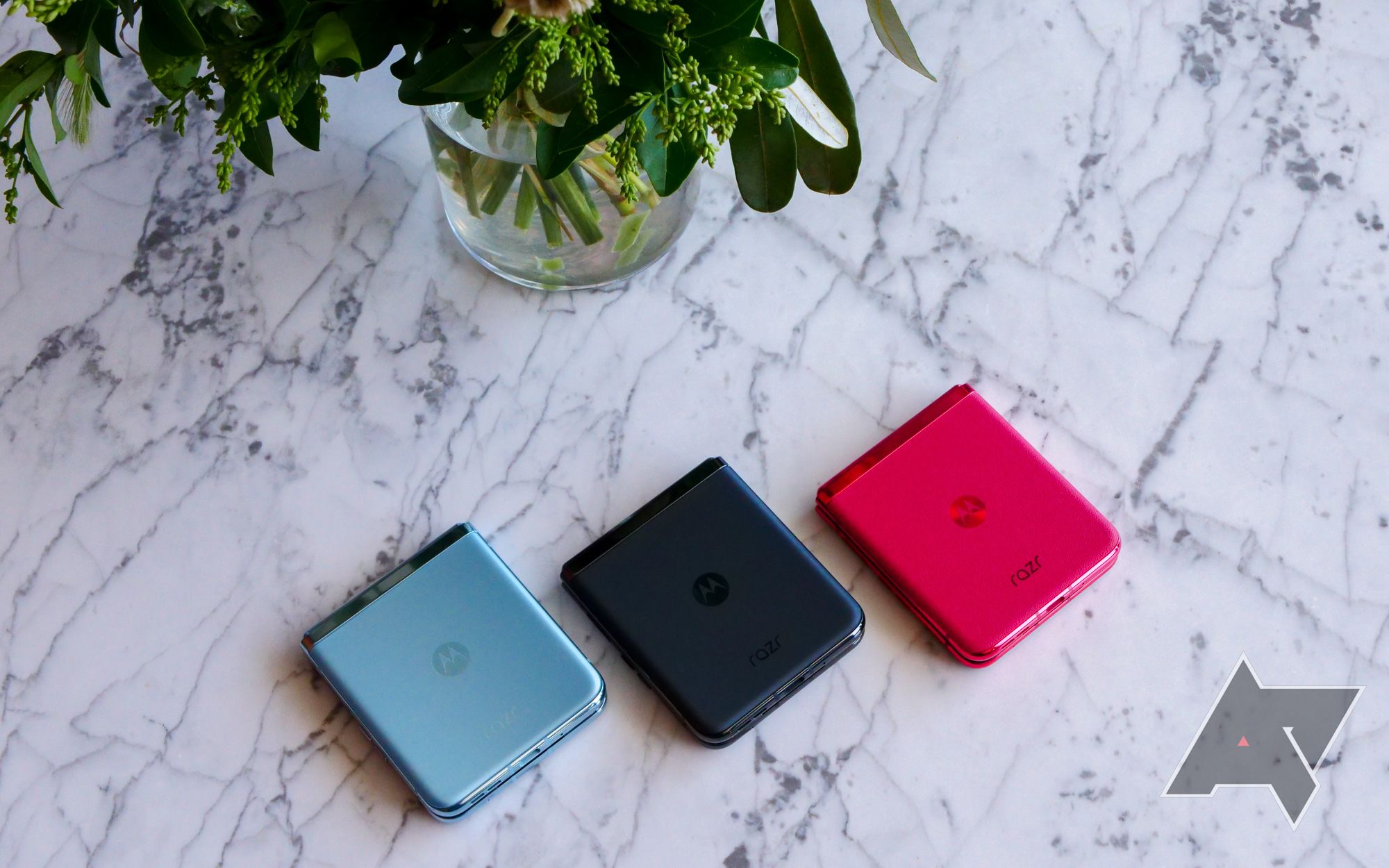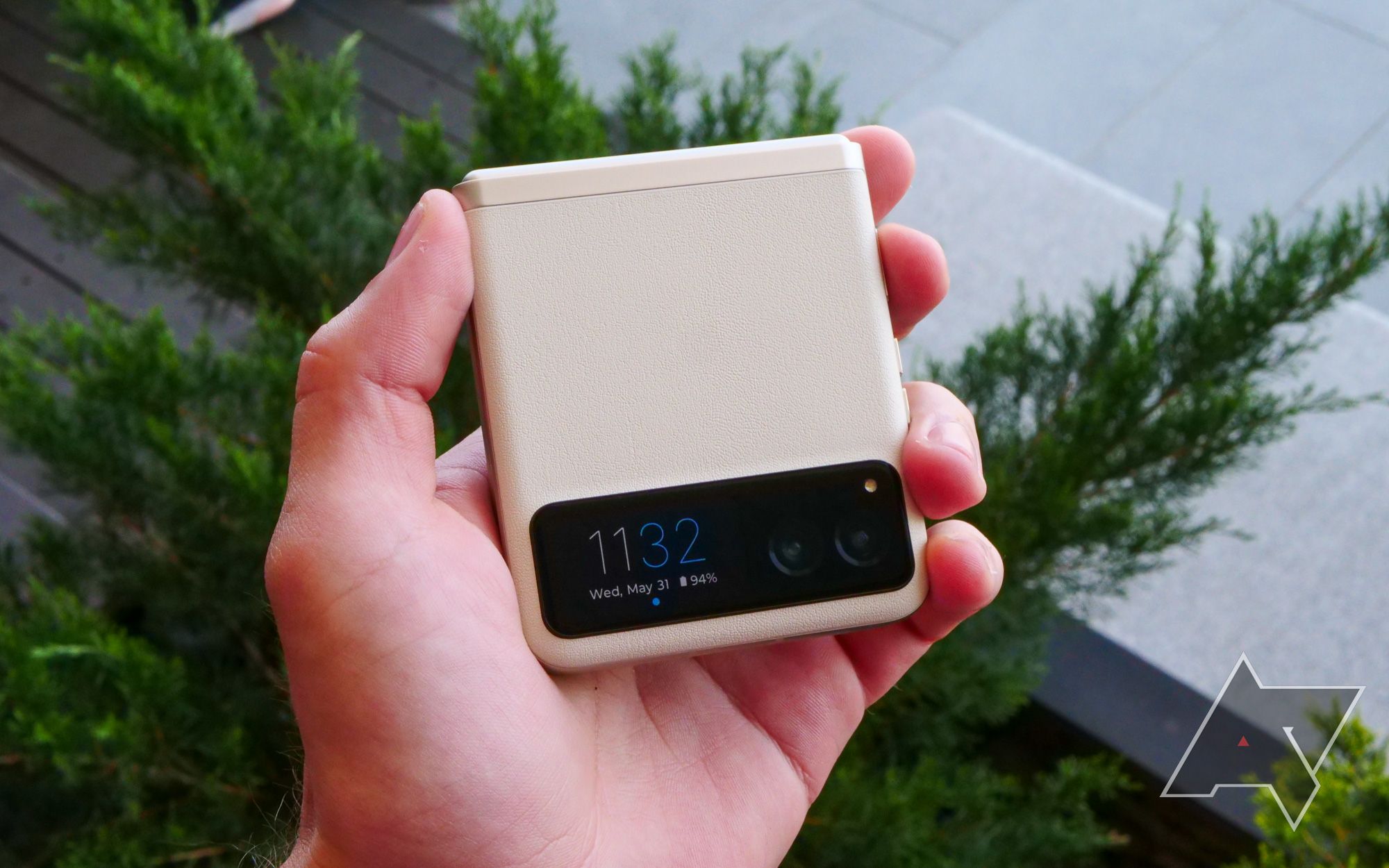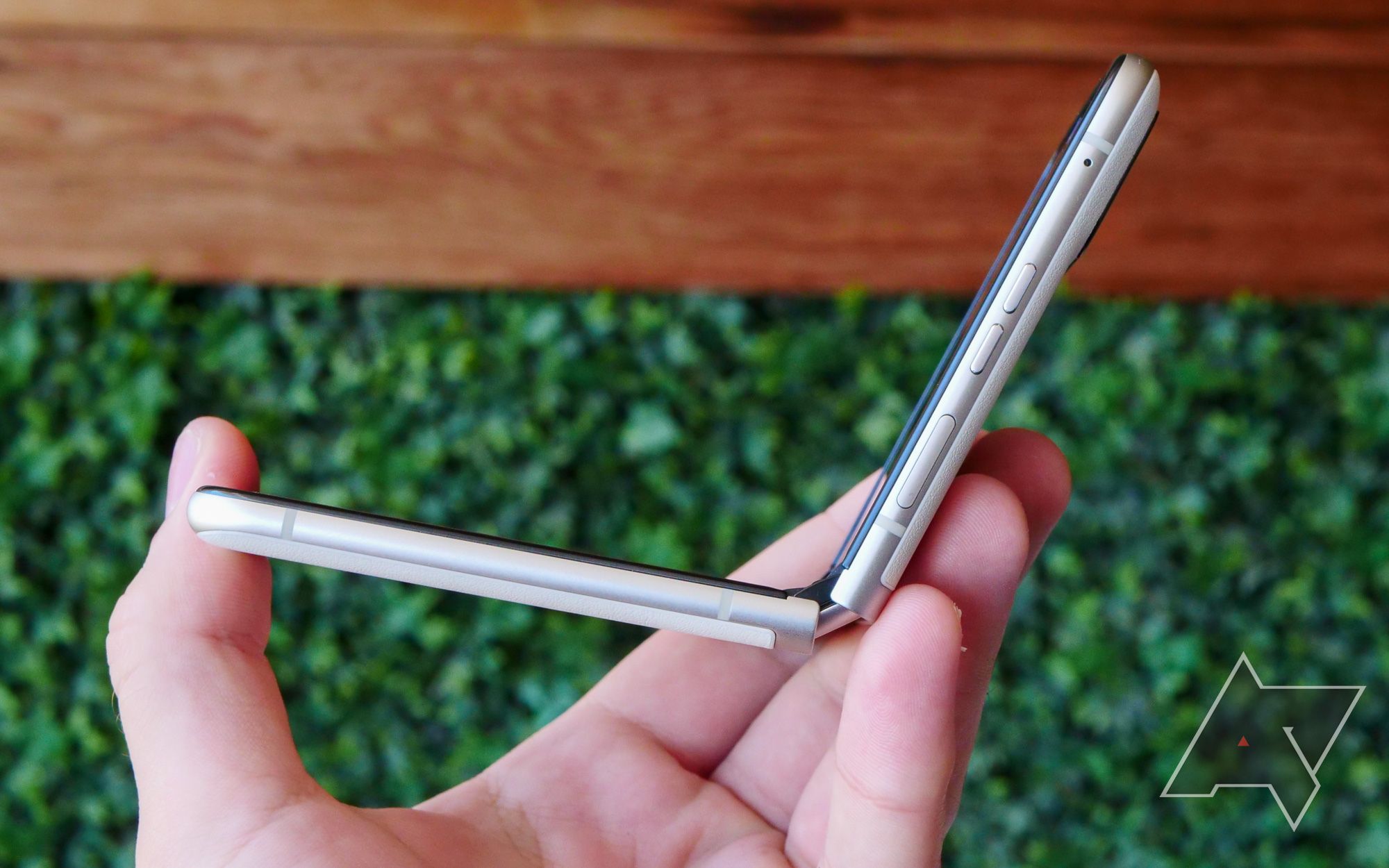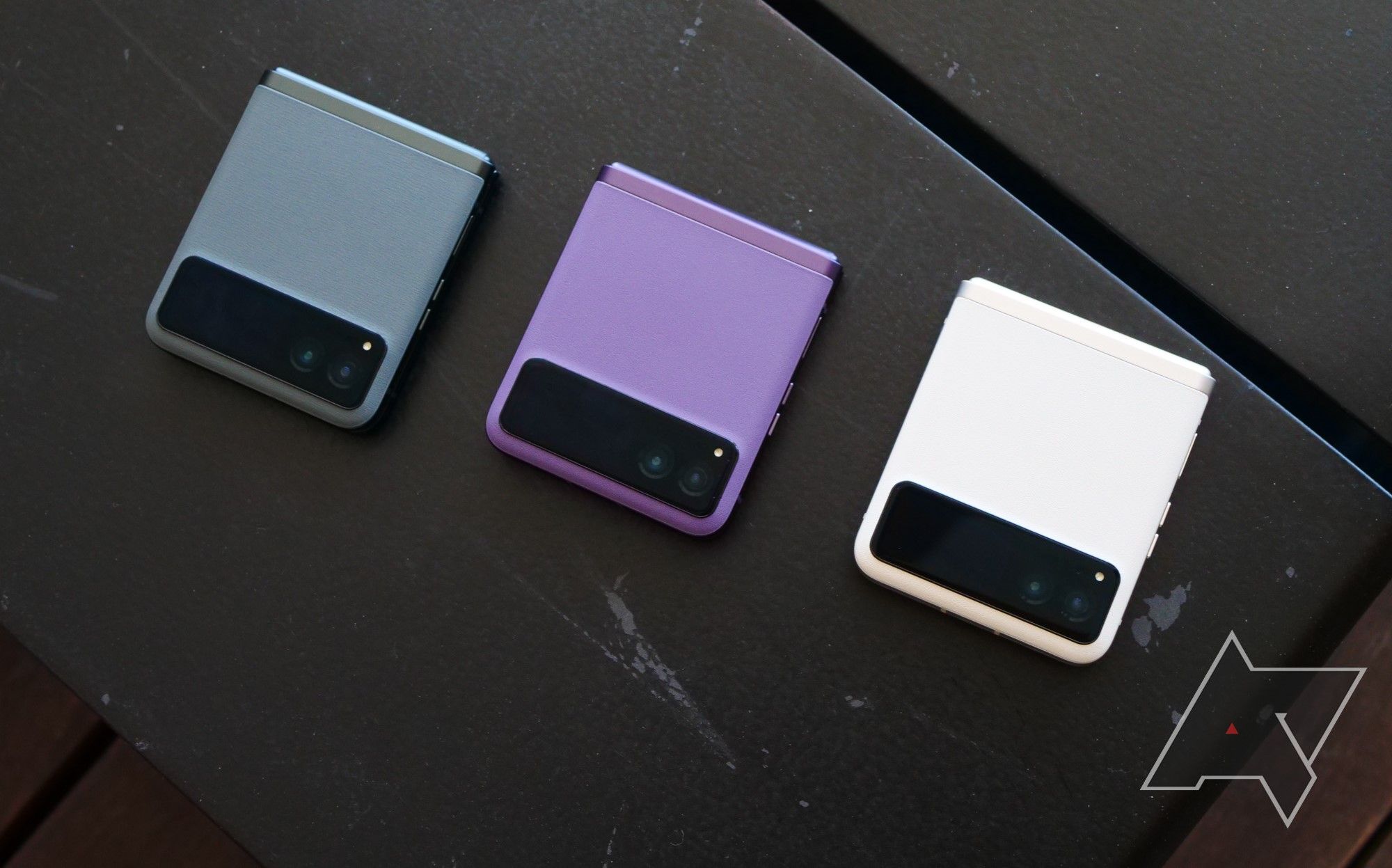Four years after Samsung invented the market with the launch of its first foldable, it feels like competition in the US is finally starting to really catch up. We've watched and waited as companies like Oppo and Honor pushed the envelope with devices limited to China and Europe, while cheaper alternatives like Tecno's Phantom V Fold made a folding future available to more buyers. All the while, Motorola remained the only competition that dared face off with Samsung in the US, but after the third-gen Razr skipped out on our shores last year, it seemed like the Galaxy Z Flip 5 might go unmatched for the third year in a row.
Of course, we now know that's not true. In addition to new tablet-sized foldables from Google and OnePlus, Samsung will also have to deal with two new clamshell devices from Motorola: the Moto Razr+ and this year's Moto Razr. And while we'll be waiting a few months for the cheaper unit to hit store shelves, both phones seem like competent challengers to the throne — albeit with some serious caveats.
Moto Razr+
Most of the attention today will likely be placed on the higher-end Razr+, and rightfully so. Not only is it the more impressive of the two phones — a massive 3.6" exterior panel will certainly have that effect — but it's also arriving later this month, avoiding the months-long wait tied to the cheaper of Motorola's latest products.
Although it won't be a surprise to anyone who paid attention to last year's Razr phone, Motorola has ditched the signature chin it first brought back on the Razr in 2020. The company is looking to achieve an edge-to-edge experience to compete with modern smartphones, which is understandable, but it does leave this model with less of a clear identity. For all of its faults, the company's first two attempts at a modern clamshell easily conjured up memories of the classic Razr that many of us still hold near and dear in our hearts. This one just looks like any folding phone.
Regardless, I still found myself drawn to the design, even if it felt more in conversation with Samsung's Galaxy Z Flip 4 than Motorola's legacy. It's available in black, blue, and a vibrant magenta that, I imagine, will garner most of the attention. Frankly, though, I much prefer the blue variant; its matte glass feels excellent in the hand compared to the vegan leather, which — at least on the cheaper Razr models — had already started picking up small tears on some units before our brief time with the phones had come to a close.
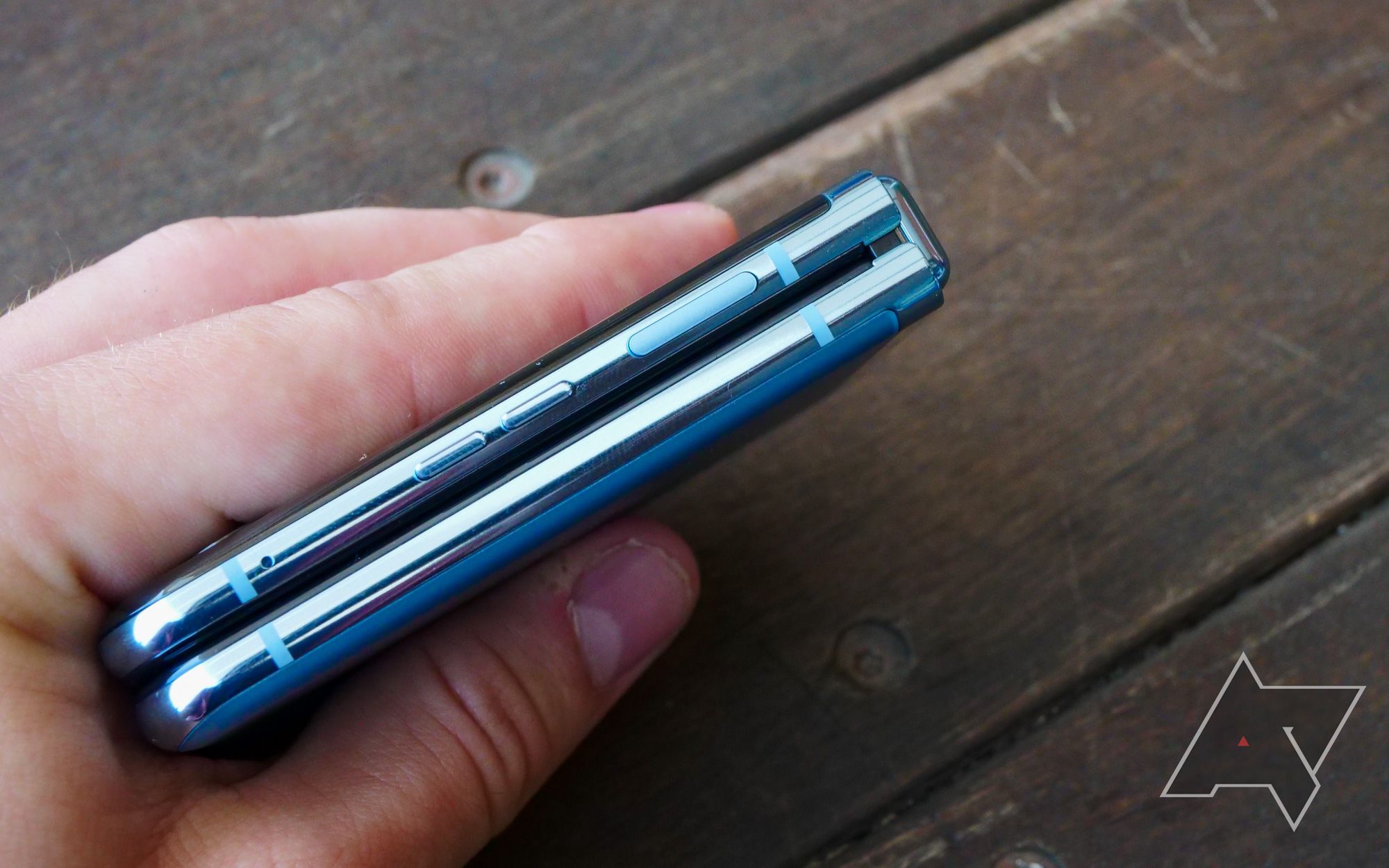
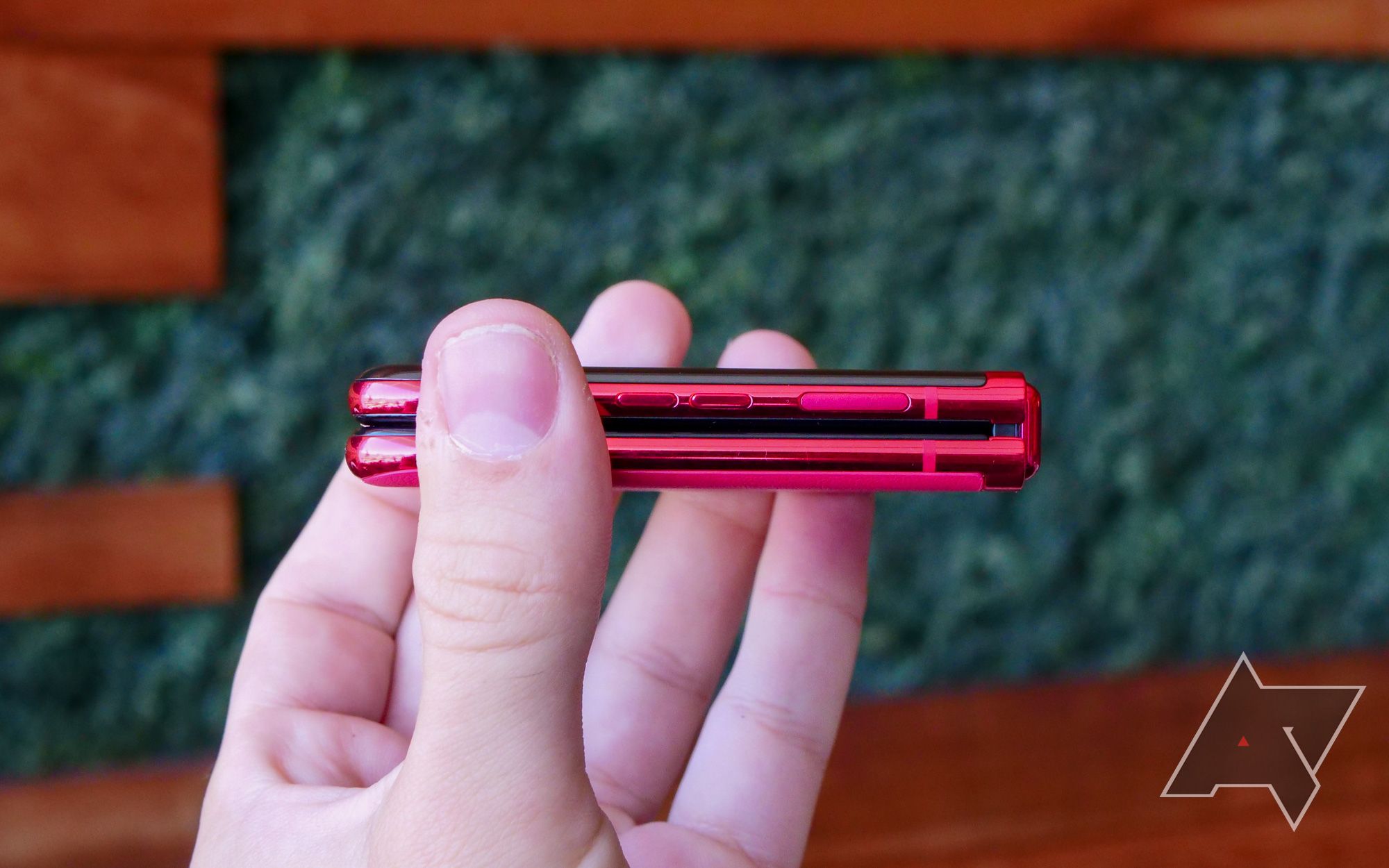
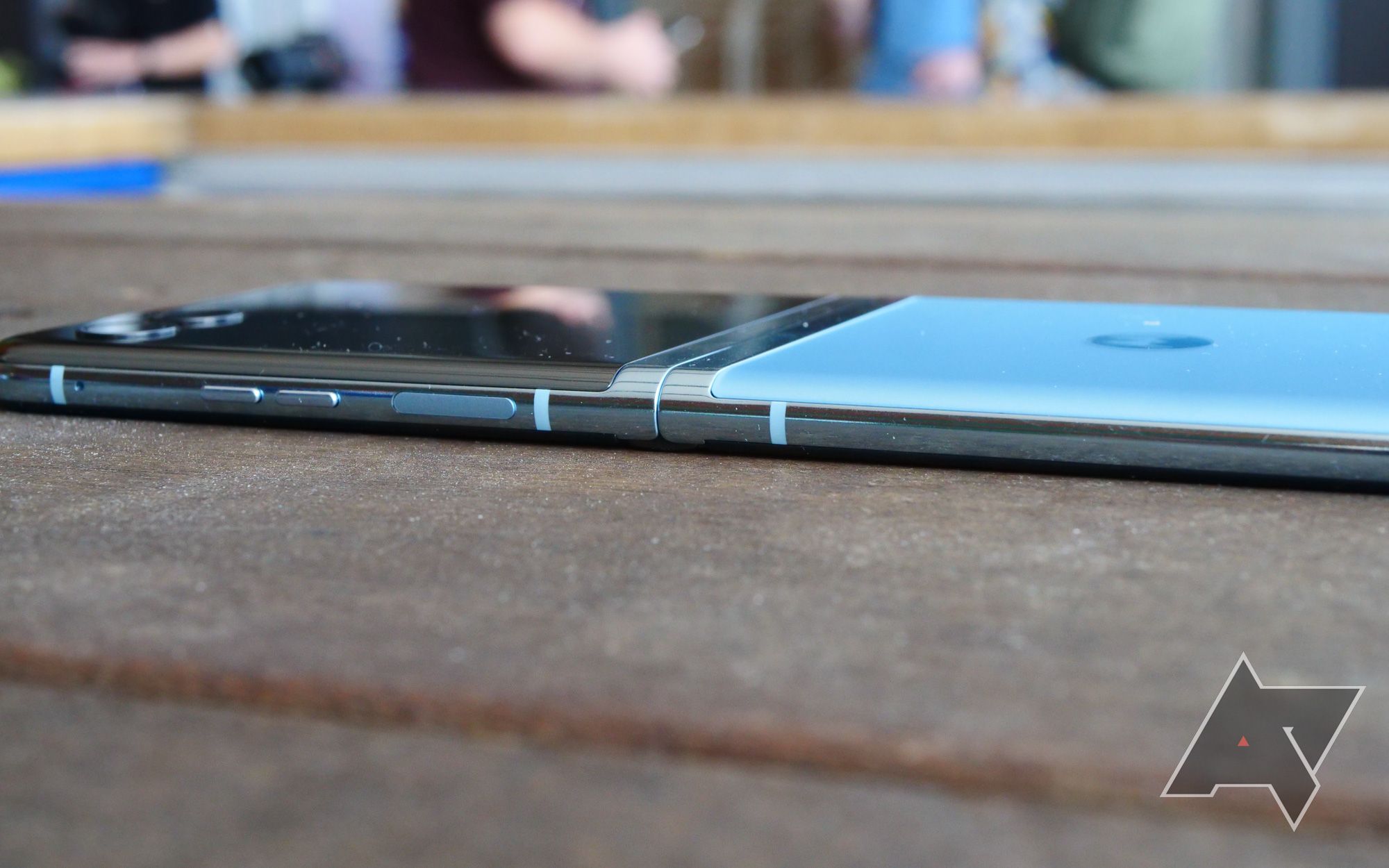
Along with the glass-covered front and back, you'll find a shiny aluminum frame that looks classy and refined — well, when it's not covered in fingerprints. The volume and power buttons all feel clicky to the touch, with the latter doubling as a fingerprint sensor. For those who dread side-mounted sensors, don't fret too much; I found it fast and responsive, perhaps to a fault. You don't need to click in on the sensor, which can result in bypassing the lock screen completely if you're too slow to fully press the button.
Undoubtedly, the star of the show is the 3.6" exterior pOLED display. It's speedy and sharp, exactly the kind of quality panel you'd want on the outside of your clamshell phone, although it does struggle in direct sunlight. In addition to all sorts of colorful lock screen options — including one with an animated character that changes activities throughout the day — Motorola supports up to nine shortcut pages by default, with options for various widgets and applications, all of which can be opened and used directly on this screen.
I'll have to use the phone for longer than an hour to really get a sense of how limited the display size here impacts its usefulness, but for quickly responding to a text message, the keyboard felt large enough to avoid needing to open the phone.
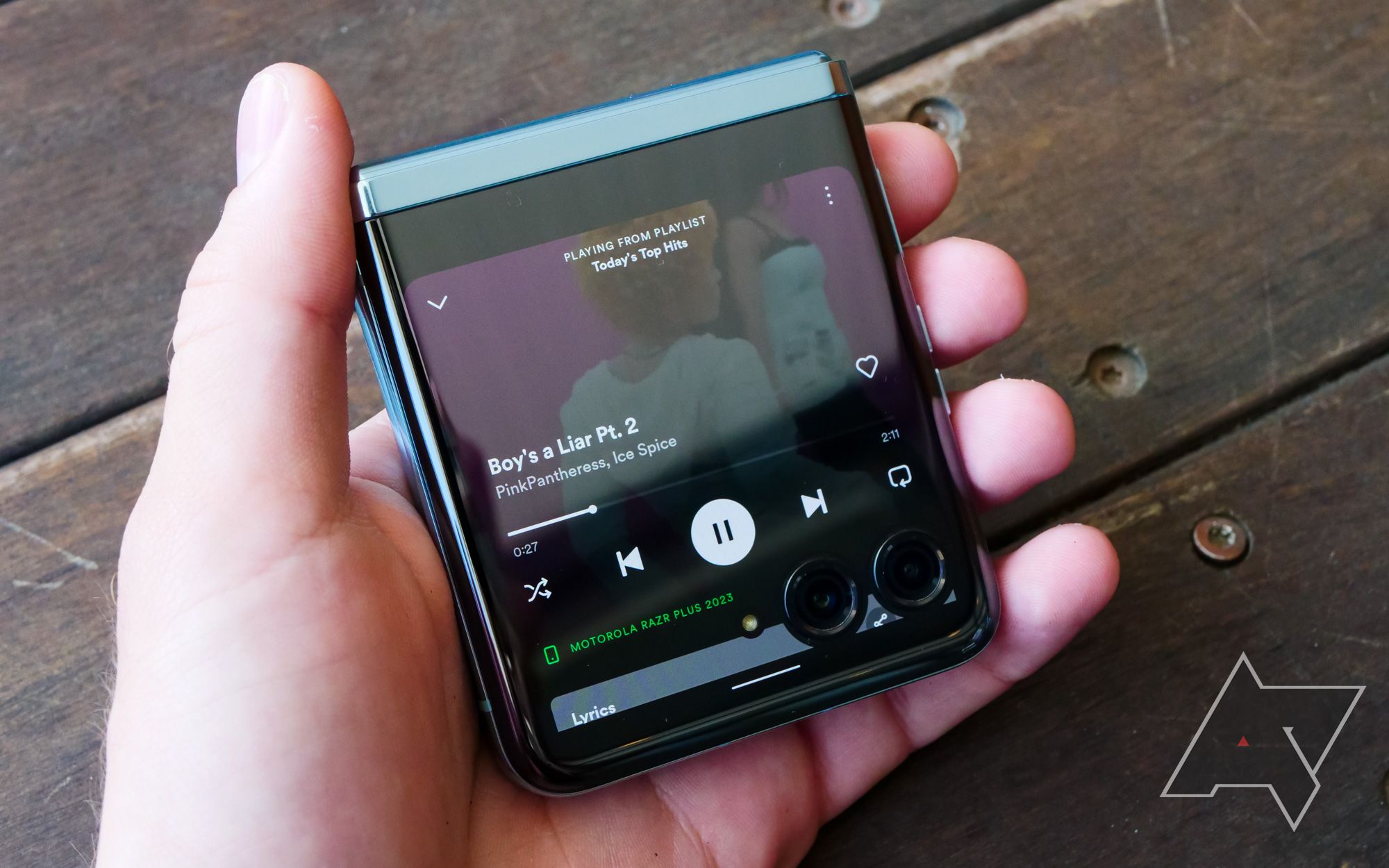
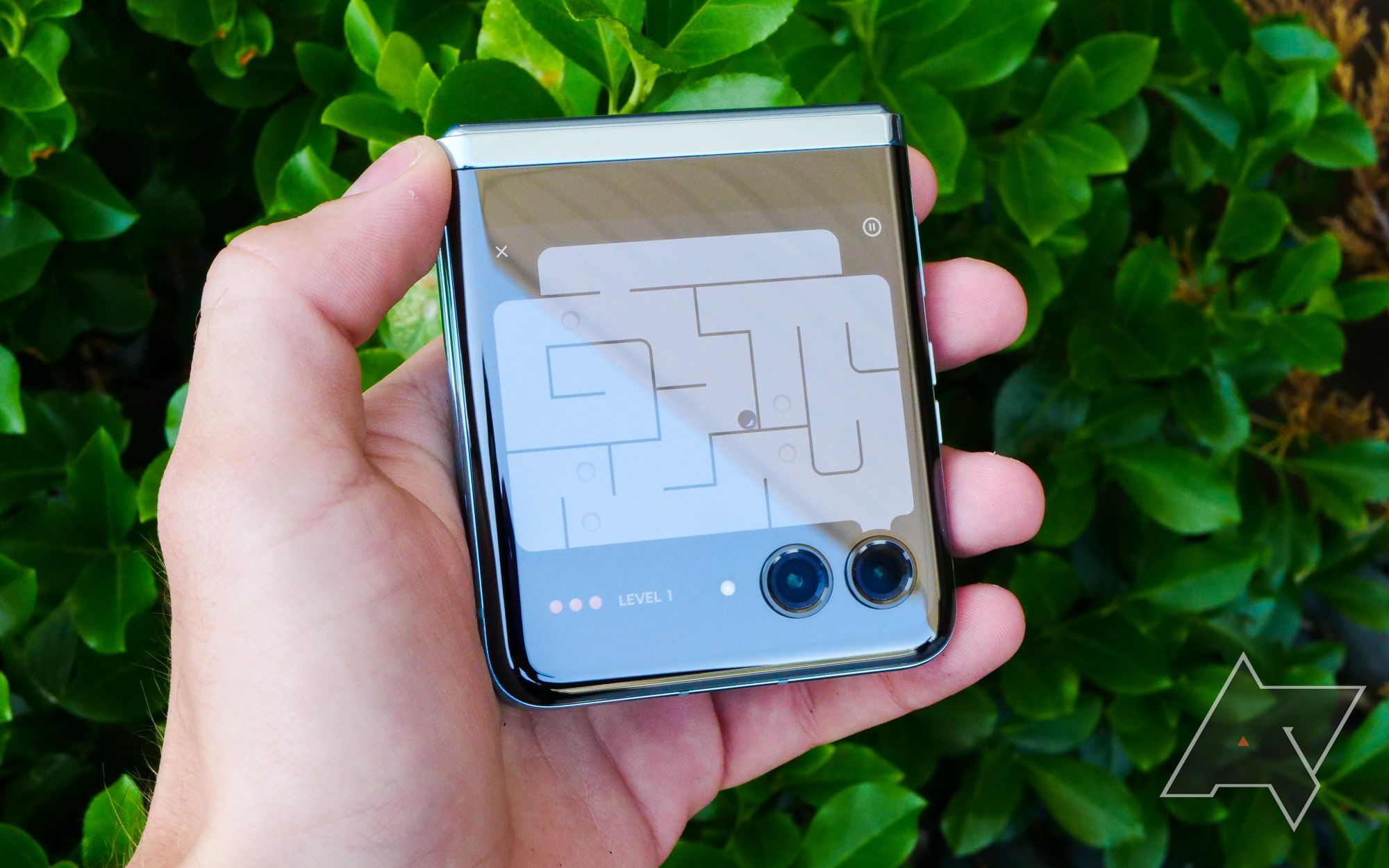
Meanwhile, apps like Spotify are sure to shine here — swiping through songs feels like reliving those last couple of generations of the iPod Nano. And the pre-included games are perfectly designed time wasters; I was far from the only person at our hands-on session obsessed with Moto's marble maze title.
It is a foldable, though, so what happens when you open up that display? Frankly, I found myself just a little disappointed with the inner panel, though not for the reasons you might expect. It's reasonably bright, super fluid — the 165Hz refresh rate is bordering on overkill — and the crease, although noticeable, fades into the background pretty quickly once you're actually using the phone. It's a profoundly different experience from what I saw on the Pixel Fold just a few weeks ago.
But the built-in, non-removable screen protector seems to add a haze to the display that I haven't noticed on devices from companies like Samsung. What's worse, though, is the dust situation. That screen protector doesn't fully extend to the bezel, leaving about a millimeter of unprotected space. Naturally, that gap manages to attract dust like nothing else. The photo below? That was after just ten minutes with the phone, and most of that time was spent with the screen closed. Even a microfiber cloth was struggling to keep things clean — imagine what it'll look like after just a couple of months in your pocket.
Once you're past the novelty of its fold, the Moto Razr+ feels like any other modern smartphone. That might sound like a pejorative, but I really mean that as a compliment. Both the ThinkPhone and the Moto Edge+ managed to impress me this year, and the hardware specs on this foldable are pretty similar to the former. If the Razr+ can hold up in regular use as well as those devices have — and with the addition of a hinge, no less — clamshell fans are in for a treat.
Photo dump time
Still, I have a few reservations about this phone, and not just with its inner display. The outer screen seems ripe for all sorts of odd compatibility issues; the first app I opened delivered an error message right off the bat. The body is IP52-certified, which represents far better handling of dust paired with far worse handling of water, as compared to Samsung's efforts. And even with its 3,800mAh battery, I'm concerned this phone could struggle to get through an entire day while powering two displays.
On all of these fronts, only time will tell if they're simply nitpicks, or enough to sink Moto's efforts to finally shake up the folding phone space.
Moto Razr (2023)
Of course, Motorola has one more trick up its sleeve. The new Moto Razr feels more in line with the earlier models, going with a small ticker display on the front for showcasing notifications and the time. It uses the same vegan leather finish for all three models — green, white, and a very Samsung-esque purple — along with a matte finish on the aluminum that, frankly, I prefer over the Razr+. The large front screen is a big get for Motorola, and I'm curious whether fans will find themselves drawn to a more mid-range version of its flagship clamshell that drops this signature feature.
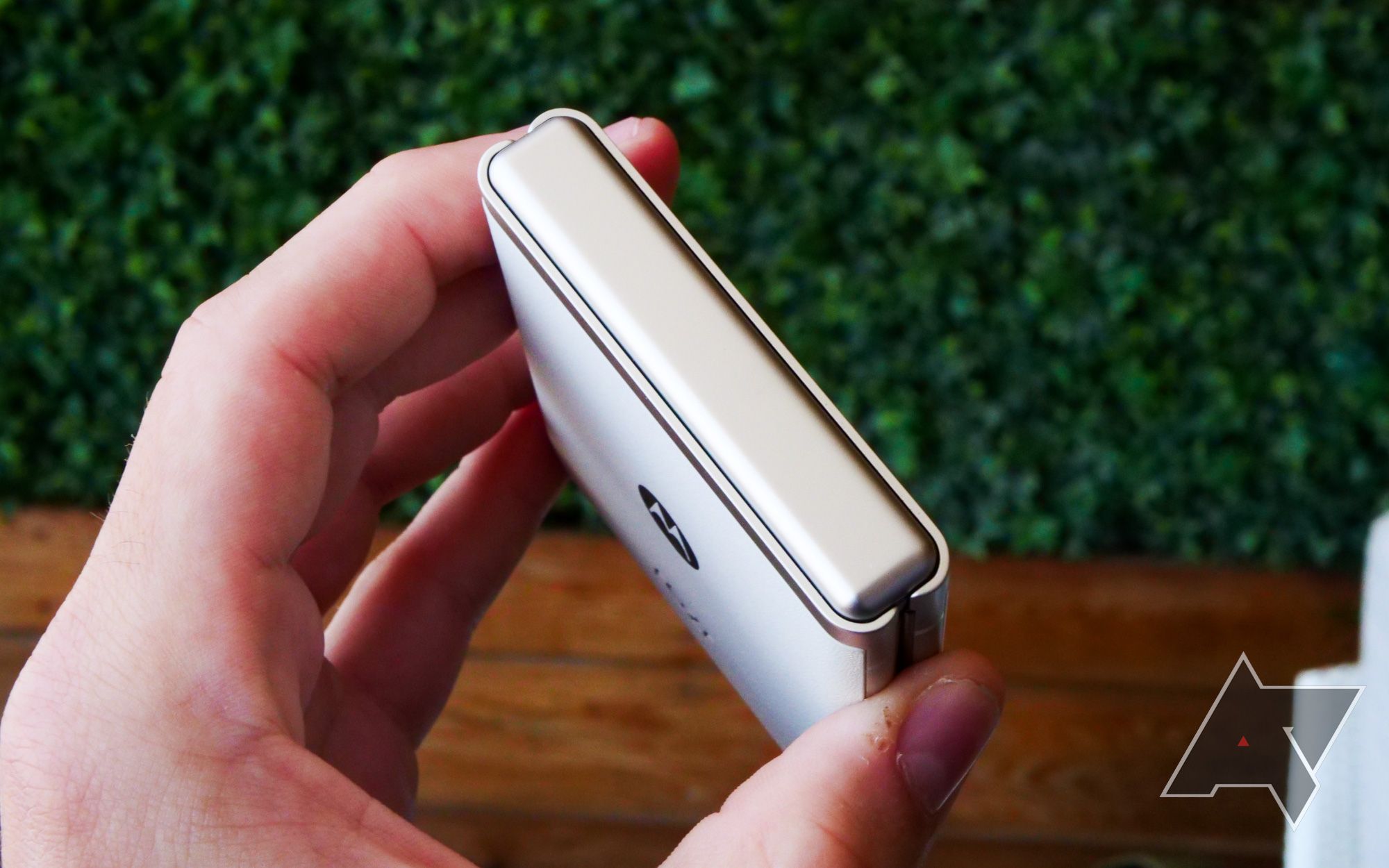
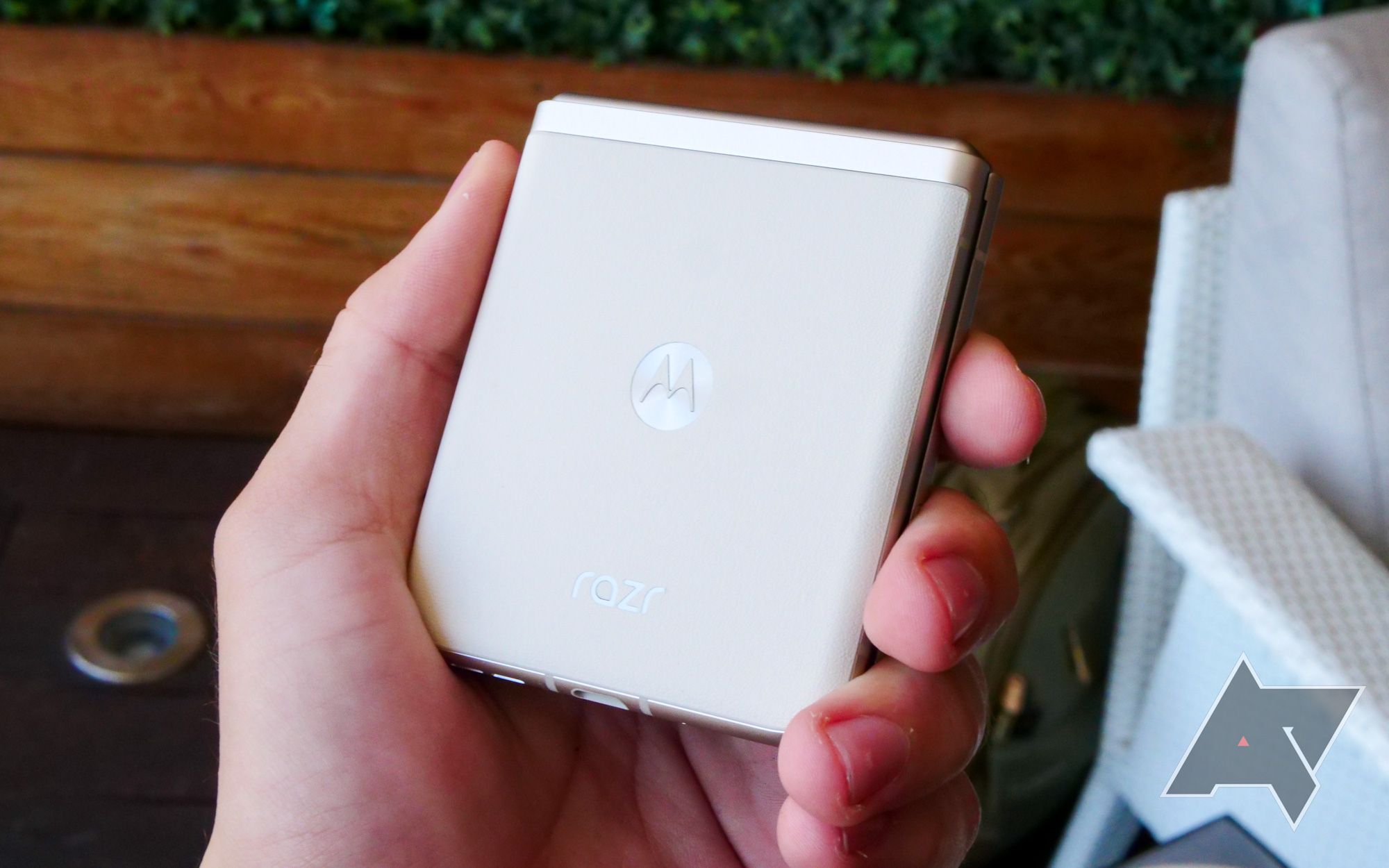
The specs sheet confirms we're missing out on the more powerful elements of the "Plus" model, reducing storage to just 128GB and swapping the Snapdragon 8+ Gen 1 for last year's Snapdragon 7 Gen 1. That chipset went relatively underused last year, so I'm curious to see how it holds up whenever the Moto Razr actually arrives on the market.
And that's the thing — right now we don't know when it'll be on store shelves. Motorola says it plans to get sales started in the coming months, likely beginning in regions outside the US before it eventually touches down here. We also don't know the price, but the company tells me it will be substantially cheaper than its more expensive counterpart.
For now, though, the spotlight remains on the Moto Razr+. With two months to go until Samsung is rumored to debut the Galaxy Z Flip 5, any fan of foldables might find it hard to look away. And for those of us who tried — and failed — to make Samsung's last-gen hardware fit their lifestyle, well, Motorola's banking on its new display being able to finally sway some people over.

